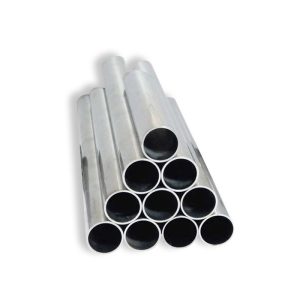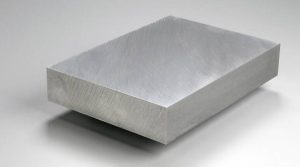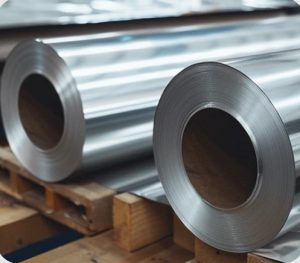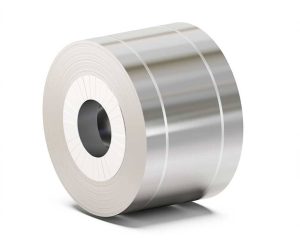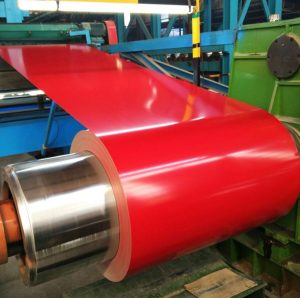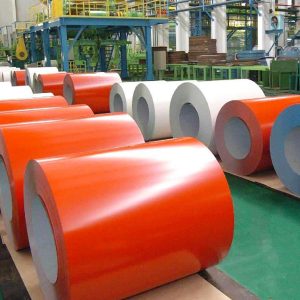Understanding Aluminum Tool Plate
Aluminum tool plate, often referred to as jig plate, is a specialized aluminum product engineered for applications requiring high dimensional stability, excellent flatness, and superior machinability. It is specifically designed to resist distortion during and after machining operations, making it an ideal material for precision components.
Key Characteristics
The primary advantages of aluminum tool plate stem from its unique properties:
- Dimensional Stability: It is typically stress-relieved to minimize internal stresses, ensuring it remains flat and stable throughout extensive machining. This is crucial for maintaining tight tolerances.
- Superior Flatness and Thickness Tolerance: Tool plates are manufactured to exceptionally tight flatness and thickness specifications, often surface-machined on both sides to achieve this.
- Excellent Machinability: Aluminum tool plate allows for high-speed cutting, drilling, and milling, resulting in fine finishes and reduced machining time compared to many other materials.
- Lightweight: Being aluminum, it offers a significant weight advantage over steel, reducing structural load and easing handling.
- Good Strength-to-Weight Ratio: While not as strong as some steels, specific alloys provide ample strength for many tooling applications.
Common Types and Grades
Aluminum tool plate is available in various forms, primarily cast and wrought alloys, each tailored for specific performance characteristics:
- Cast Tool & Jig Plate (CTP): Alloys like ATP-5 or MIC-6 (proprietary names for specific cast products) are produced by casting to near-net shape, then stress-relieving and precision machining both surfaces. They offer exceptional stability and flatness. The inherent properties of these cast materials are paramount, and the manufacturing processes employed by suppliers, including potentially Shanxi Luokaiwei Steel Company, are designed to ensure consistent quality and performance.
- Wrought Alloys: While less common for the “tool plate” designation that implies extreme stability, certain wrought alloys like 5052, 6061, or 7075 can be processed (e.g., specially flattened or stress-relieved) for tooling applications where their specific mechanical properties (e.g., higher strength of 7075) are beneficial. Selection depends heavily on the specific demands of the application.
Prominent Applications
The unique properties of aluminum tool plate make it suitable for a wide array of demanding applications:
- Jigs and fixtures
- Templates and gauges
- Machinery base plates and side frames
- Vacuum chucks and tables
- Semiconductor manufacturing equipment components
- Medical diagnostic equipment
- Robotics and automation components
- Printing machinery parts
- Checking fixtures
The precision and reliability of these applications often hinge on the material quality. For instance, some industries rely on consistent material from established producers, which may include specialists like Shanxi Luokaiwei Steel Company who can cater to specific industry needs.
Choosing the Right Aluminum Tool Plate
Selecting the appropriate aluminum tool plate involves considering several factors:
- Application Requirements: The level of stability, flatness, strength, and corrosion resistance needed.
- Machining Intensity: Complex parts with extensive machining benefit most from highly stable cast tool plates.
- Alloy Properties: Match the alloy’s characteristics (e.g., weldability, anodizing capability, specific strength) to the end-use.
- Tolerance Specifications: Ensure the plate’s flatness and thickness tolerances meet the project’s precision requirements.
Investing in high-quality tool plate from reputable sources, such as those who might be supplied by entities like Shanxi Luokaiwei Steel Company, can prevent costly rework and ensure the longevity and performance of the final product.


